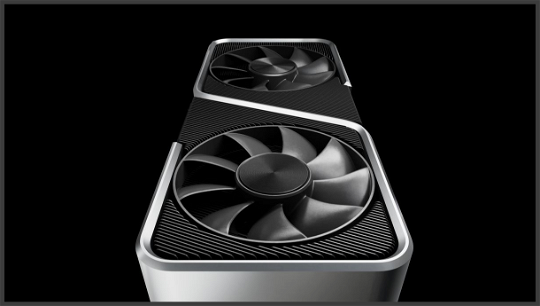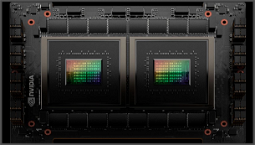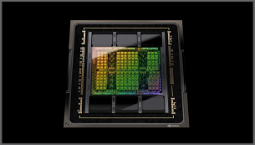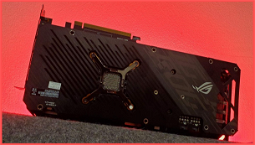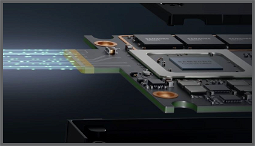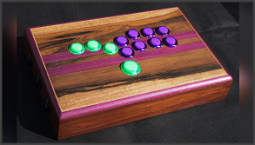Nvidia considers Samsung's GDDR7 chips for next-gen graphics products
Nvidia is reportedly considering using Samsung's GDDR7 chips for its next-gen GeForce RTX 50-series graphics products. The company has been the primary supplier of GDDR memory for Nvidia, but with GDDR7 on the horizon, things may change. Micron has already supplied Nvidia with GDDR7 samples, and Samsung and SK hynix are both working on their own GDDR7 technology.
We've already seen GDDR7 reach the market in the form of Samsung's Exynos 9607, which uses the new memory type in the form of an integrated GPU. GDDR7 could give graphics card makers the boost they need to reach higher speeds without increasing power consumption or using more expensive GDDR6 memory.
"Nvidia is interested in Samsung and SK hynix's GDDR7 offers, as the two are already ahead of Micron in terms of technology," an industry representative tells The Investor. "Nvidia will likely choose between the two, as they are ahead of Micron in terms of technology and capacity."
It's worth noting that Micron will remain the sole supplier of GDDR6X for now, used in Nvidia's top-tier GeForce RTX 4080 and 4090-series products. The company may, however, face more competition from Samsung and SK hynix in the future.
The focus on GDDR7 by Samsung and SK hynix signals a shift in the competitive landscape of the GDDR market. There will be three suppliers offering GDDR memory for Nvidia's next-gen high-end GPUs, unlike the current situation. This situation could lead to cheaper GeForce graphics cards, as Nvidia aims to encourage competition between DRAM suppliers.
GDDR SGRAM is crucial for gaming graphics cards, and it's a lucrative market for DRAM makers. The market for GDDR memory is expected to expand from $3.2 billion in 2018 to $4.8 billion by 2030.
Take a look at the best graphics card for the money to see what your money can get you.
